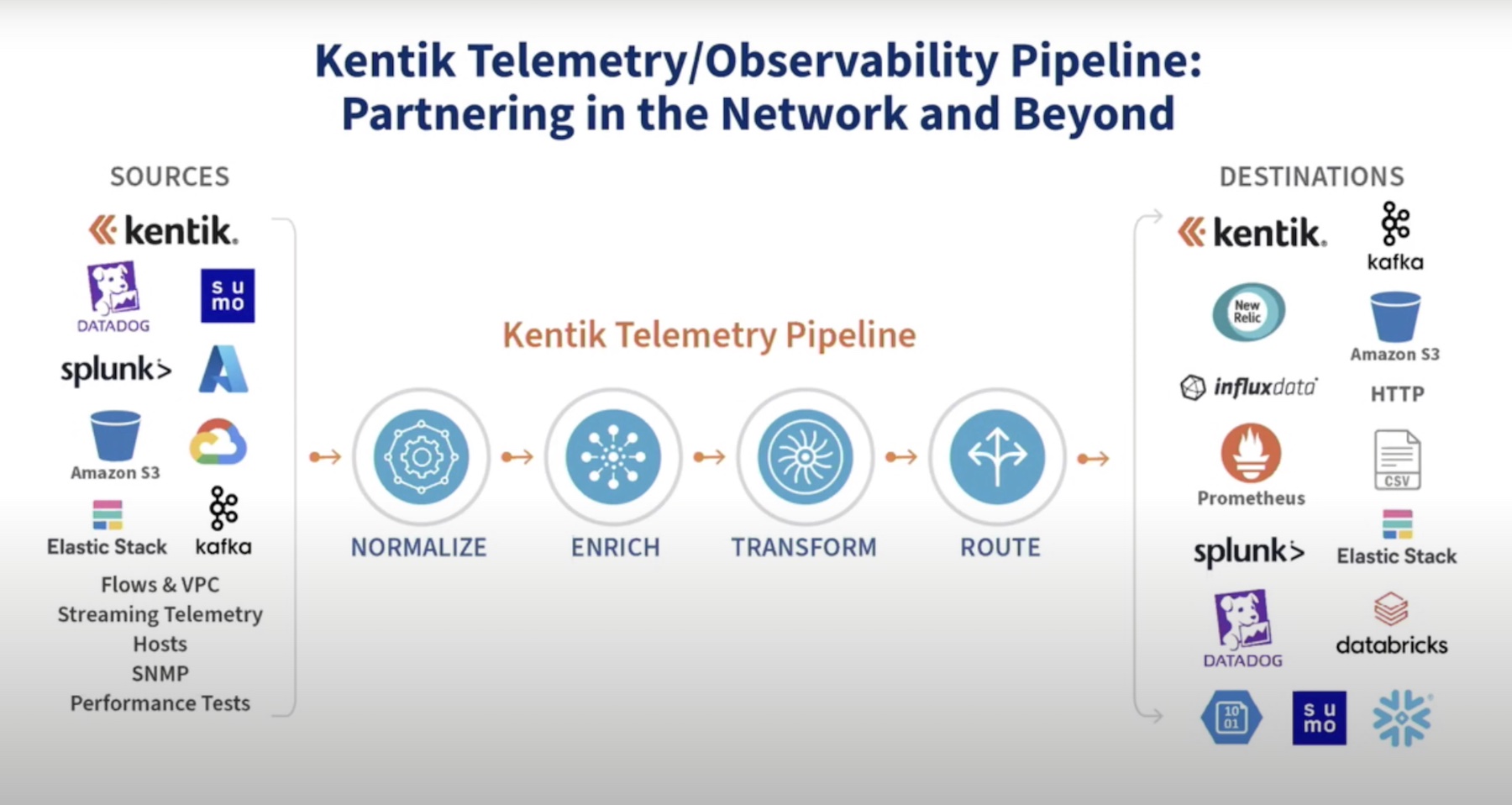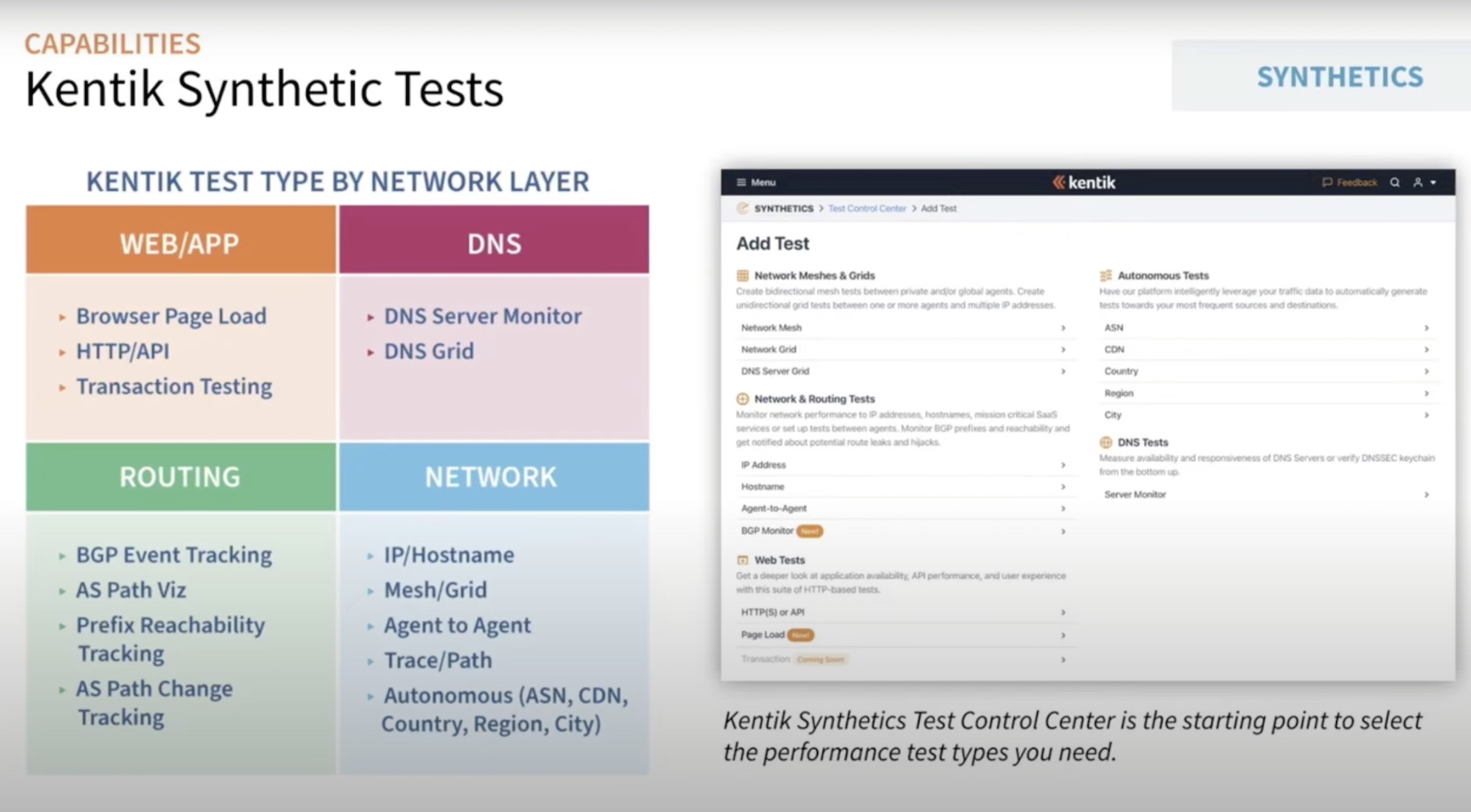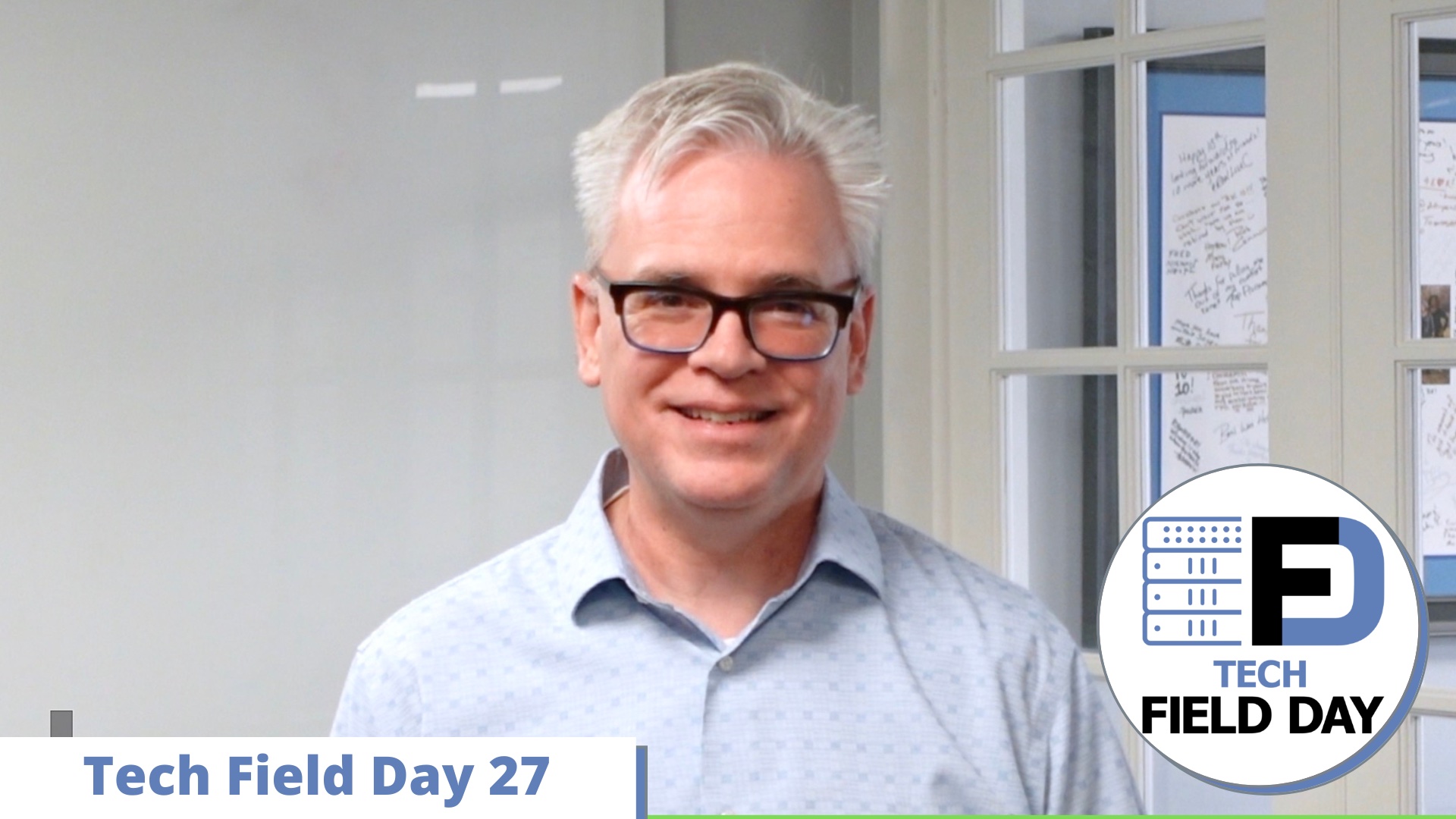 Never has it been harder for network ops to follow traffic as it traverses datacenters, interconnects, and Content Delivery Networks (CDNs), while maybe landing in a public cloud. Many networking tools weren’t built for cloud-native workloads and miss traffic and workload context. Context lets you get a clearer picture of your network. At Networking Field Day 22, Kentik laid out how their platform with AIOps can provide insights and automation to drive down costs and troubleshoot problems. This platform gives organizations the data they need to get the most out of their networking infrastructure.
Never has it been harder for network ops to follow traffic as it traverses datacenters, interconnects, and Content Delivery Networks (CDNs), while maybe landing in a public cloud. Many networking tools weren’t built for cloud-native workloads and miss traffic and workload context. Context lets you get a clearer picture of your network. At Networking Field Day 22, Kentik laid out how their platform with AIOps can provide insights and automation to drive down costs and troubleshoot problems. This platform gives organizations the data they need to get the most out of their networking infrastructure.
A Network Engineer’s Job is Never Done
The rise of DevOps and the emergence of cloud-native hasn’t retired the network engineer role or eliminated the need for networking tools that cannot just see it all, but also make sense of the telemetry. This is where context enters the picture. Also, following the traffic gets tricky as traffic passes through a meandering path of Content Delivery Networks (CDNs), interconnects, datacenters, or clouds on its way to its final destination.
Long gone are the days where workloads take straight and direct routes. Troubleshooting, making recommendations, and cost predictions would be a Herculean task if you had to siphon and sort through logs and telemetry manually.
Bringing Automation and Insights
At Network Field Day 22, Kentik spotlighted the AIOps they’ve built into their networking observability platform. From this, Kentik brings automation and insights into modules like Edge and Service Providers.
CEO and Co-Founder Avi Freedman believes that Kentik’s AIOps can help organizations in multiple ways, including automating the often manual process of interconnection and peering, and aiding service providers in both cutting costs and finding new revenue streams.
Harnessing the Power of Large Datasets, Context, and Machine Learning
The sole purpose of AIOps is to bring artificial intelligence (and machine learning) to IT operations and support them in creating the best networks they can. The kind of resilient and highly available networks that keep the apps and workloads running and subscribers happy.
Kentik’s AIOps ingest a plethora of end-to-end network traffic and telemetry data, couple it with metadata and context, and finally run the enriched data through their algorithms and machine learning models. These models help customers glean actionable data, such as the cost of each subscriber, and view latency and cache hits from CDNs and Over-the-Top streaming services.
While CDNs and edge caching create more resilient and responsive applications, pulling analytics and optimizing CDN traffic is a job that many legacy network tools can’t handle. This is where CDN Analytics in Kentik’s Service Provider module shine.
Not only can service providers view the CDNs their subscribers use, but they also get suggestions on how to optimize their traffic and can drill down into detailed cost breakdowns. These insights may help organizations build more resilient and performant networks while potentially cutting costs.
All of this Service Provider talk may have given you the impression that Kentik is a platform for Service Providers. However, Kentik says that half of its customer base are enterprises.
Conclusion
Now, let’s wrap this up. Having full network visibility for all of your workloads becomes an onerous task for your network team as cloud, edge caching, and content delivery networks continue to play a significant role in serving traffic.
Also, the perennial problem of how well organizations know their networks and workloads persists. This knowledge gap sets the stage for the importance of a networking tool or tools that can fill the hole left by incomplete network visibility, missing context, and lack of actionable insights.
To learn more about Kentik’s platform, including how it uses AIOps, check out Kentik’s presentations from Network Field Day 22.




